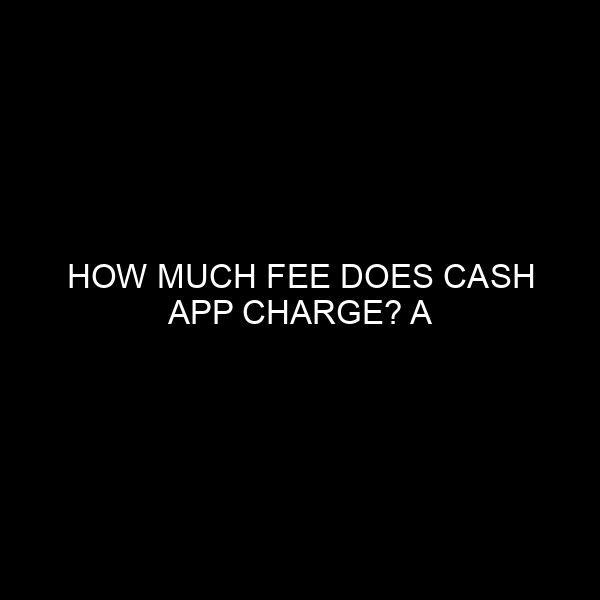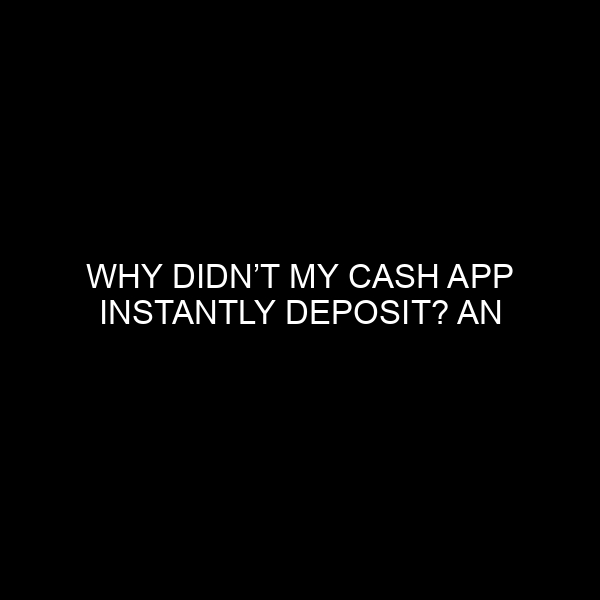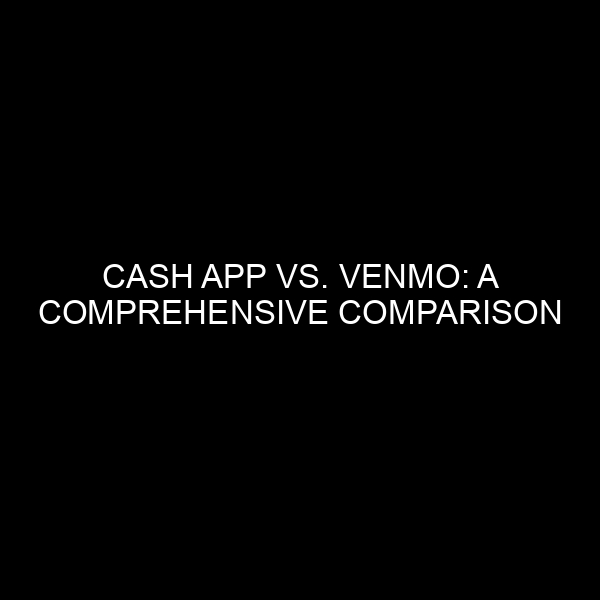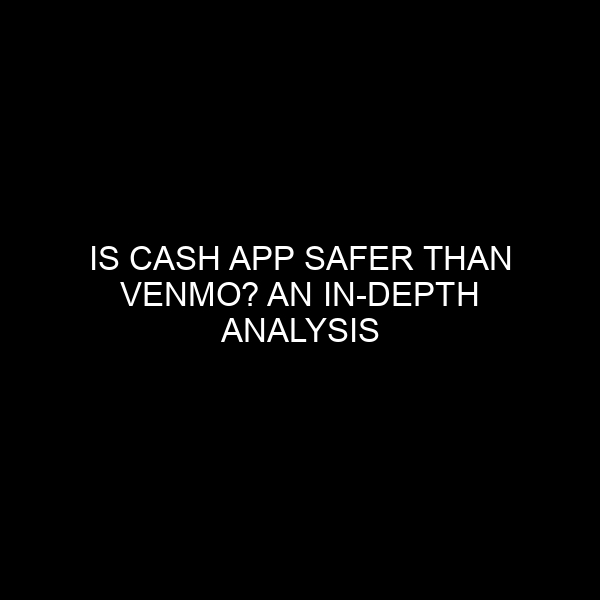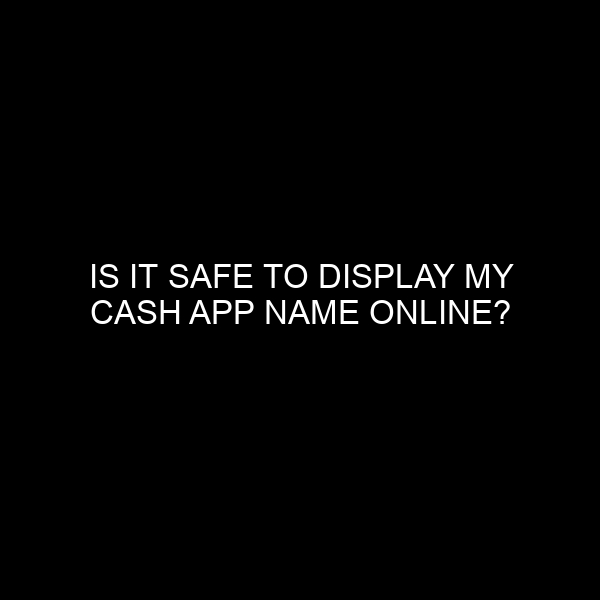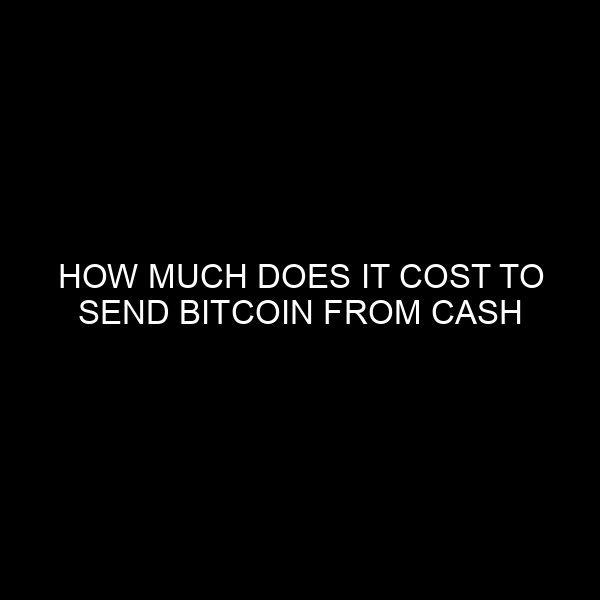How Much Fee Does Cash App Charge? A Comprehensive Guide
In today’s digital age, mobile payment applications like Cash App have revolutionized the way we conduct transactions. With a simple tap on your smartphone, you can send or receive money, pay bills, and even make investments. But how much does this convenience cost you? In this article, we’ll break down the fee structure of Cash App, providing insights into when you might be charged and how you can minimize these costs.
Introduction to Cash App
Founded by Square, Inc., Cash App has rapidly grown to become one of the most popular peer-to-peer payment services globally. Its user-friendly interface and wide range of features have made it the go-to app for millions. However, like any financial service, Cash App has certain fees associated with specific transactions. Understanding these fees is crucial for users to make the most out of their experience with the app.
Understanding Cash App’s Fee Structure
Cash App’s fee structure can be segmented into a few core areas:
1. Personal Transactions
For standard personal transactions, Cash App does not charge any fee. This means if you’re sending money to friends or family and can wait 1-3 business days for the transaction to process, you won’t be charged.
2. Instant Deposits
If you wish to immediately transfer money from Cash App to your linked bank account, there’s a fee involved. Typically, Cash App charges a 1.5% fee for instant deposits. While this might seem nominal, it can add up if you’re transferring large amounts regularly.
3. Business Transactions
If you’re a business owner and use Cash App for receiving payments for goods or services, there’s a 2.75% fee on every transaction received.
4. Credit Card Transactions
When you send money using a credit card, Cash App charges a 3% fee on the transaction amount. This differs from sending money via your Cash App balance, debit card, or bank account, which typically has no fee.
5. ATM Withdrawals
For those who have the Cash App Card, ATM withdrawals come with a fee unless you meet certain monthly deposit requirements. As of my last update in September 2021, Cash App charges $2 for ATM withdrawals if you haven’t received at least $300 in direct deposits in the preceding 31 days.
How to Minimize Cash App Fees
While some of these fees might seem unavoidable, with smart strategies, you can minimize or even bypass them:
- Use Standard Deposit: Instead of opting for an instant deposit, if you can wait a few days, choose the standard deposit. This will save you the 1.5% fee.
- Avoid Credit Card Payments: Send money through your Cash App balance, bank account, or debit card to avoid the 3% credit card fee.
- Meet ATM Fee Requirements: If you use the Cash App card frequently, ensure you meet the direct deposit requirements to avoid ATM fees.
- Shift to Personal Transactions: If possible, and if it doesn’t violate Cash App’s terms of service, have payments made to your personal account rather than as a business transaction.
A Comparative Look
To put things into perspective, it’s essential to compare Cash App’s fee structure with other peer-to-peer payment systems. For instance:
- Venmo: Owned by PayPal, Venmo charges a 1% fee for instant transfers, a 3% fee for credit card payments, and no fee for personal transactions if using a linked bank account or existing Venmo balance.
- Zelle: Integrated within many banking apps, Zelle does not typically charge any fees for sending or receiving money.
- PayPal: PayPal’s fees vary based on whether you’re sending money as a personal transaction or business transaction, both domestically and internationally.
By understanding these comparative fee structures, users can make informed decisions on which platform to use based on their needs.
Final Thoughts
Cash App, with its range of services, remains a strong contender in the digital payment arena. While its fee structure might deter some, with a bit of planning and understanding, users can make the most of their experience without burning a hole in their pocket. Always remember to read the terms and conditions, stay updated with any changes in the fee structure, and make your financial moves wisely.
